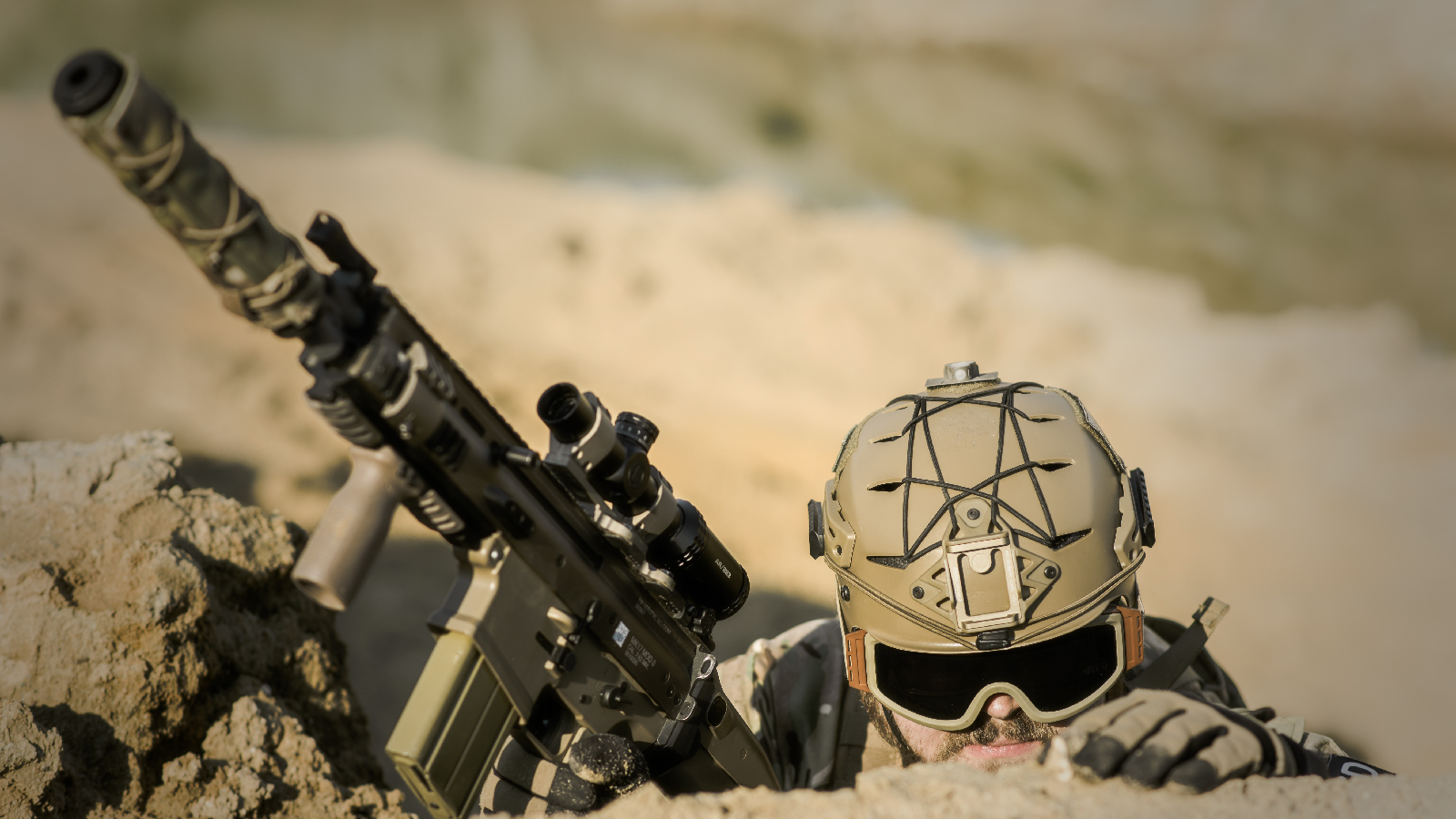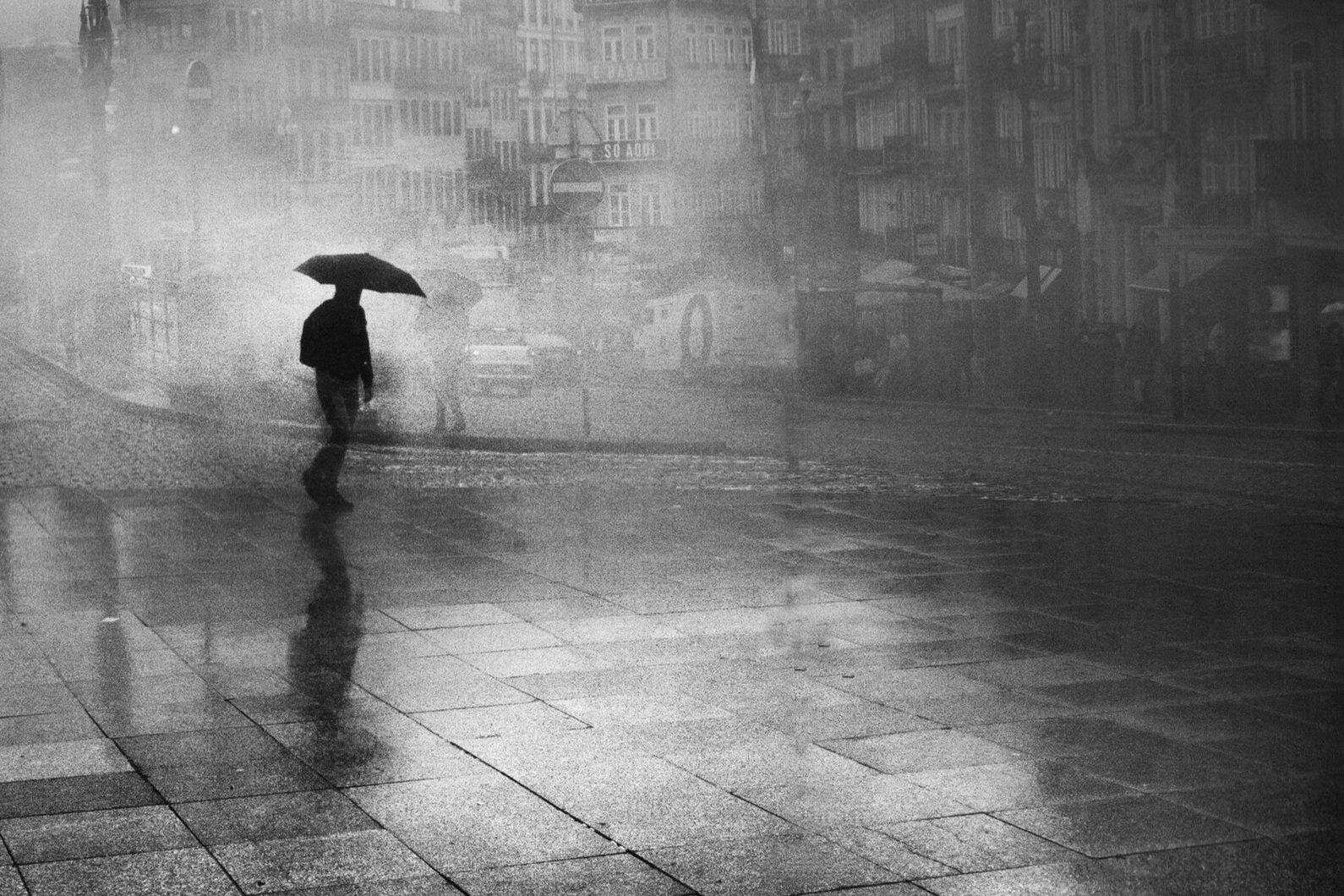In real life and in the popular imagination, espionage is a very complex, dangerous undertaking full of disguises, dead drops and very real life-or-death split-second decisions. Or, you know, someone could just walk into an enemy government’s office and sell a Top Secret document for $50.
At least that’s a story told by a former top Soviet intelligence officer about a person only identified as “American Peddler” who purportedly just strolled right up to a building belonging to Soviet military intelligence in Washington, D.C. near the beginning of the Cold War.
“He gave his name, showed the cover of a Top Secret document to an intelligence officer, and asked whether it would be of interest to us,” writes Ivan Servov, who was at the time of writing the chief of the Soviet military intelligence agency known as the GRU. “… The man fished the document out of the pocket of his overcoat and said that he could let us have it for fifty dollars. The officer examined the contents of the document and paid the money.”
Simple as that.
Related: Traitors Are Bad, Propaganda Is Worse: A CIA Warning
The mystery man was then formally recruited by Soviet intelligence and the complexities of the secret world were eventually introduced to him through the use of “dead drops, emergency meetings, reserve meetings, etc." The Soviet ex-intelligence officer said over time the man “furnished us a large quantity of valuable documents [and the] material was paid for in accordance with its nature.”
Neither the ex-Soviet officer nor the CIA identify the apparent traitor in the report, but a footnote that appears to have been added by the American spy agency shows the CIA suspected it might have had something to do with a guard at a Norfolk shipyard “where an aircraft carrier was under construction” in 1954.
The guard, who had a security clearance, was believed to have gone into “the Soviet military attache’s office,” but he denied having been in Washington, D.C. at the time of the alleged meeting. Around the same time, the CIA says, “personnel at the Soviet naval attache’s office visited a wooded area near Arlington, Virginia” at least six times. “These visits, possibly to service a dead drop, are believed to have some relationship with the guard’s activity.”
Read: How a Cold War Foe Got a Bug Into a Secure ‘Bubble’
The anecdote about “American Peddler” is included in a dozen of such stories about “walk-ins,” or people who approach an intelligence agency claiming to have access to information of interest, usually in return for payment. In Soviet Russia, the study notes, walk-ins were known as dobrozhelatel or “well-wishers.” The article appears to have been part of a Soviet intelligence training document that the CIA obtained and was later “adapted” for their own now declassified internal journal.
Serov’s stories include some successful walk-ins who really did provide valuable intelligence, but just as many stories to serve as warnings against scammers — like one who successfully convinced a gullible Soviet agent to buy “secret” documents off him that were actually typists tests — or extortionists, or “rogues,” or worst of all, plants from adversary counter-intelligence organizations. (Another alleged scammer nearly convinced a Soviet officer to fund his move to a new city by claiming a terrorist plot was being hatched there.)
Related: Go Inside a KGB ‘House of Horrors’
In one instance the Soviet report claims that its officers balked at an approach by an Italian in Rome who tried to arrange meetings at various locations in the city. The Czech intelligence service, however, was not quite as suspicious and went through with a meeting after they were similarly approached.
“But during one of their meetings at a restaurant, when the Italian had got up and gone to the men’s room, a waiter informed the Czech that his friend was a provocateur employed by the police,” the report says.
The study also describes some novel ways in which people make their approach. One walk-in mailed the Soviet embassy a key to a locker with no further instructions. The Soviets were unable to find the corresponding lock. Another guy shot an arrow into the yard of one of the Soviet missions with a note attached offering to sell information. The Soviets turned that one down after witnessing a second arrow being shot in by a man with two companions.
“It cannot be excluded that this was quite a well-planned counterintelligence provocation scheme,” the study says. “But it cannot be stated with certainty that these young people were not genuinely anxious to help us.”
In fact, that appears to be the overall message of the many stories: the Soviets were never sure who they could trust, so the ex-officer emphasized the need to stick to protocols designed to protect intelligence officers, which often included checking back with “the Center,” which should come as no surprise to any fans of “The Americans.”
Primary Source: Work With Walk-Ins, CIA Study (PDF)
[Like what you see and read on Code and Dagger? Become a Patreon and help keep the lights on. Do you have a tip or question? Reach out at CodeAndDagger@protonmail.com.]











